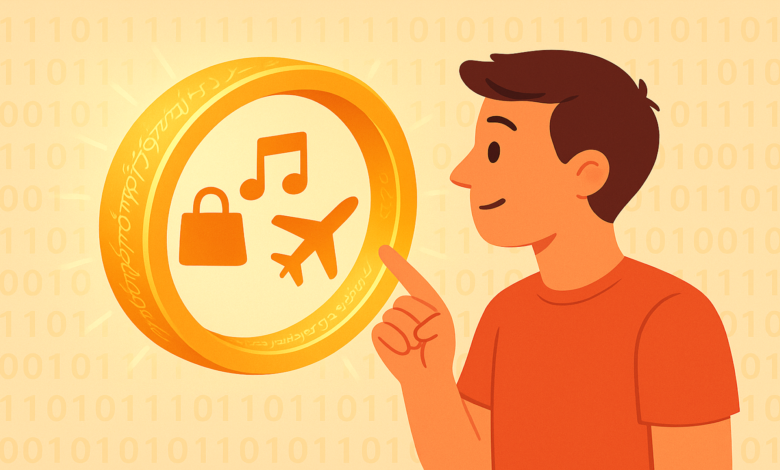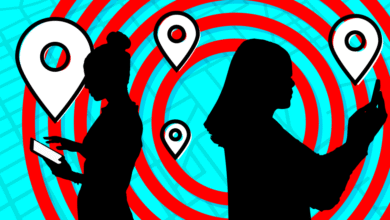ChatGPT Evolves Into an App Platform for Marketing

▼ Summary
– OpenAI’s ChatGPT update enables direct access to third-party apps like Spotify and Expedia within conversations, turning it into more than a chatbot.
– This integration could make ChatGPT a high-intent marketing channel by reaching 800 million users at the moment of intent through contextual app suggestions.
– Apps function as actions within the conversational flow, supporting interactive experiences with visuals and dynamic UIs, such as Zillow showing listings.
– OpenAI plans to expand with more brand integrations, an app store, and features like “agentic commerce” for one-click transactions, enhancing user engagement.
– The goal is to evolve ChatGPT into a “conversational operating system” where users access software seamlessly without feeling like they’re in a traditional chatbot.
ChatGPT is transforming from a conversational AI into a powerful application platform, offering direct access to third-party services like Spotify, Canva, Zillow, and Expedia within its chat interface. This strategic expansion positions ChatGPT as a high-intent marketing channel with a potential audience of 800 million active users, engaging them precisely when they express interest or need.
Users can now activate these integrated apps simply by naming them in conversation, for example, saying “Figma, turn this sketch into a diagram”, or ChatGPT can automatically suggest relevant apps based on the discussion. When someone mentions travel plans, Booking.com might appear as a suggestion. Rather than functioning as separate tools, these apps operate as seamless actions embedded directly into the conversational experience.
OpenAI describes this development as progress toward a “conversational operating system,” where a single interface provides access to a wide range of software and services. According to Nick Turley, ChatGPT’s product lead, the objective is to make the platform so intuitive and useful that users spend significant time there without feeling like they are interacting with a traditional chatbot.
From a marketing standpoint, this platform shift offers substantial advantages. Brands gain exposure to a massive user base at the exact moment a need arises. Instead of relying on search engine results, companies appear contextually as users describe what they want. The Apps SDK also supports rich, interactive elements, Zillow can display property listings with maps, and Canva can help design graphics without leaving the chat.
Looking ahead, OpenAI plans to integrate additional brands such as Target, Uber, Peloton, and Instacart. Developers are already building new applications, with an app store and a formal review process expected later this year. Apps that meet high standards for design and functionality will receive greater visibility.
The company has also hinted at future “agentic commerce” capabilities, enabling one-click transactions managed by AI. Early tests included in-chat Etsy shopping for U.S. users, and OpenAI is actively hiring for roles related to advertising technology and attribution tools.
Ultimately, this evolution creates fresh opportunities for brands to interact with consumers in a contextual, AI-facilitated environment. Marketers can now connect with people based on their immediate actions and stated intentions, not just their search behavior.
(Source: Search Engine Land)




